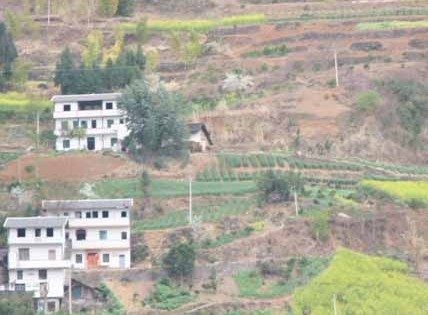As the tour bus was driving from China’s Yi-Chang airport to its next stop, we peered through the fog and rain to see bright patches of canola blazing through the gloom.
It was indeed canola, we were told by the guide. It was planted in almost every available space, no matter how small. The plants are started elsewhere and then transplanted to larger plots, plant by plant. They are harvested the same way, yielding small amounts of canola that are either locally pressed or sold.
The Alberta farmers on the tour bus agreed the canola looked very healthy, as well it should, with such personal care. It grows in Yi-Chang along roadsides, on steep hills and around the bases of the many orange and cherry trees.
Read Also

Growth plates are instrumental in shaping a horse’s life
Young horse training plans and workloads must match their skeletal development. Failing to plan around growth plates can create lifelong physical problems.
Comparing these tiny patches of yellow to the vast stretches of canola we see in Western Canada gives one pause. Is there money to be made from these few paltry plants, considering the labour and transport issues involved? We didn’t find a tour guide knowledgeable or conversant in the facts of the matter, but the sight of canola was nevertheless familiar in this foreign landscape.
The April 12 issue of The Western Producer contains a report on the Three Gorges Dam, which was the primary reason we visited Yi-Chang, so I won’t rehash the facts here.
Our group boarded a river cruise ship just above the dam, and spent three days travelling up the mighty Yangtze. It’s a mountainous area and the river is lined with small agricultural plots in seemingly impossible vertical situations. Canola and fruit trees predominate.
Coal barges and other river cargo haulers ply the waters, and numerous coalmines can be seen from the river. Coal is still China’s main source of electrical generation, and we became convinced that the tour guides’ mention of “fog” was in fact something less benign. It certainly smelled less benign.
Naturally one cannot keep an eye on the landscape for an entire three-day-and-night journey, but I was surprised at the complete lack of wildlife in evidence along the shores of the Yangtze in those times I spent scanning the landscape. The portion of our cruise involved the massive and long reservoir created by the dam. In Western Canada, reservoir banks are populated with deer, antelope, coyotes, rabbits, gophers, reptiles, insects and many kinds of birds.
Along the Yangtze, there was nothing of the sort. There were very few birds flying or swimming, and absolutely no wildlife in evidence. It was early spring in China, as here, so that doubtless plays a part in wildlife activity, but the absence of wildlife was oddly disconcerting.
I asked one guide about the lack and was told the dam had destroyed habitat of the flora and fauna that used to live in the region.
This makes sense, though I don’t know if that is the entire answer. The dam has been in place since 2003. Has nothing come back since then? Is it there but not visible to the casual observer? Or are animals there but hunted and used for food? What role does pollution from all those coal plants play?
There were so many questions, so few answers in this land of government-issued information and language barriers.















